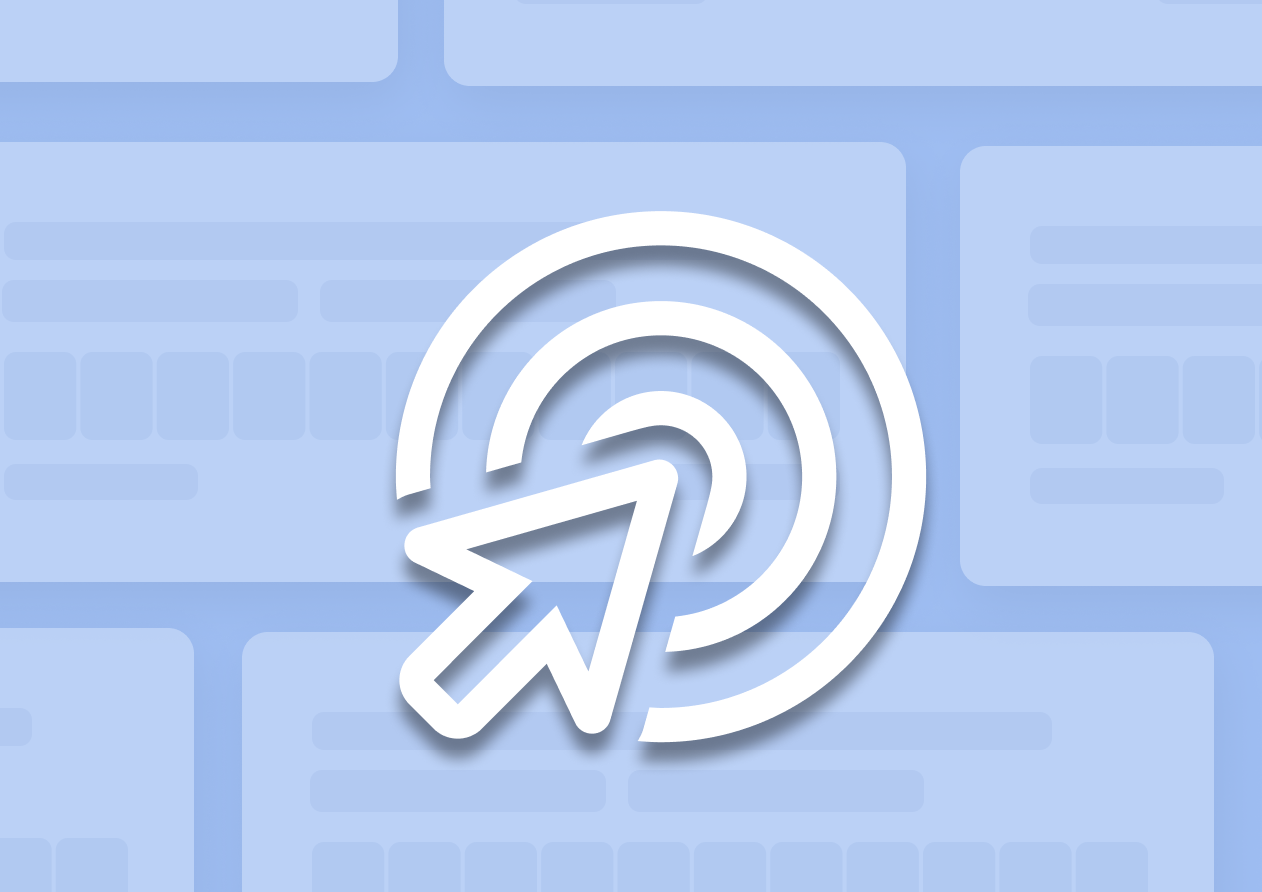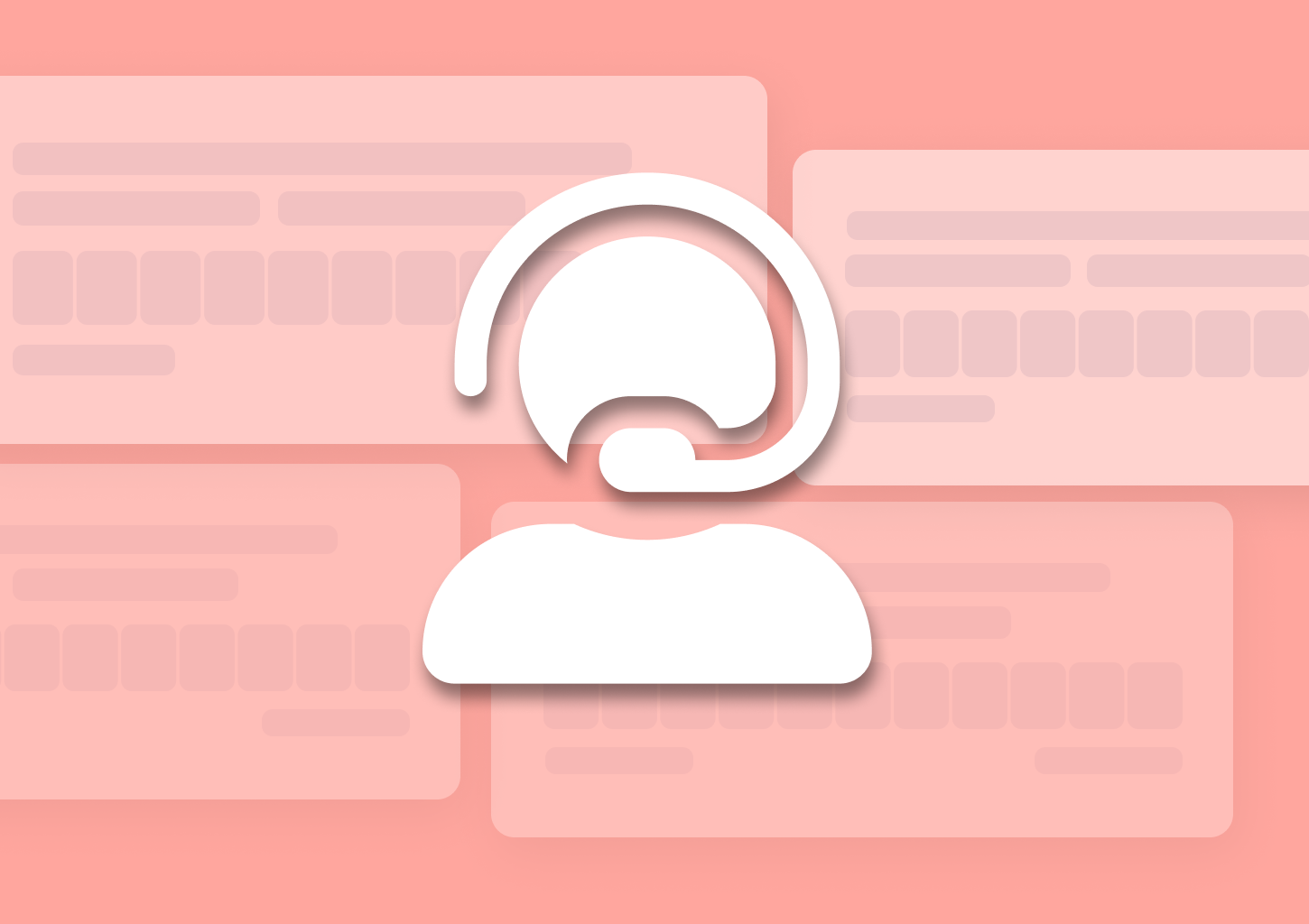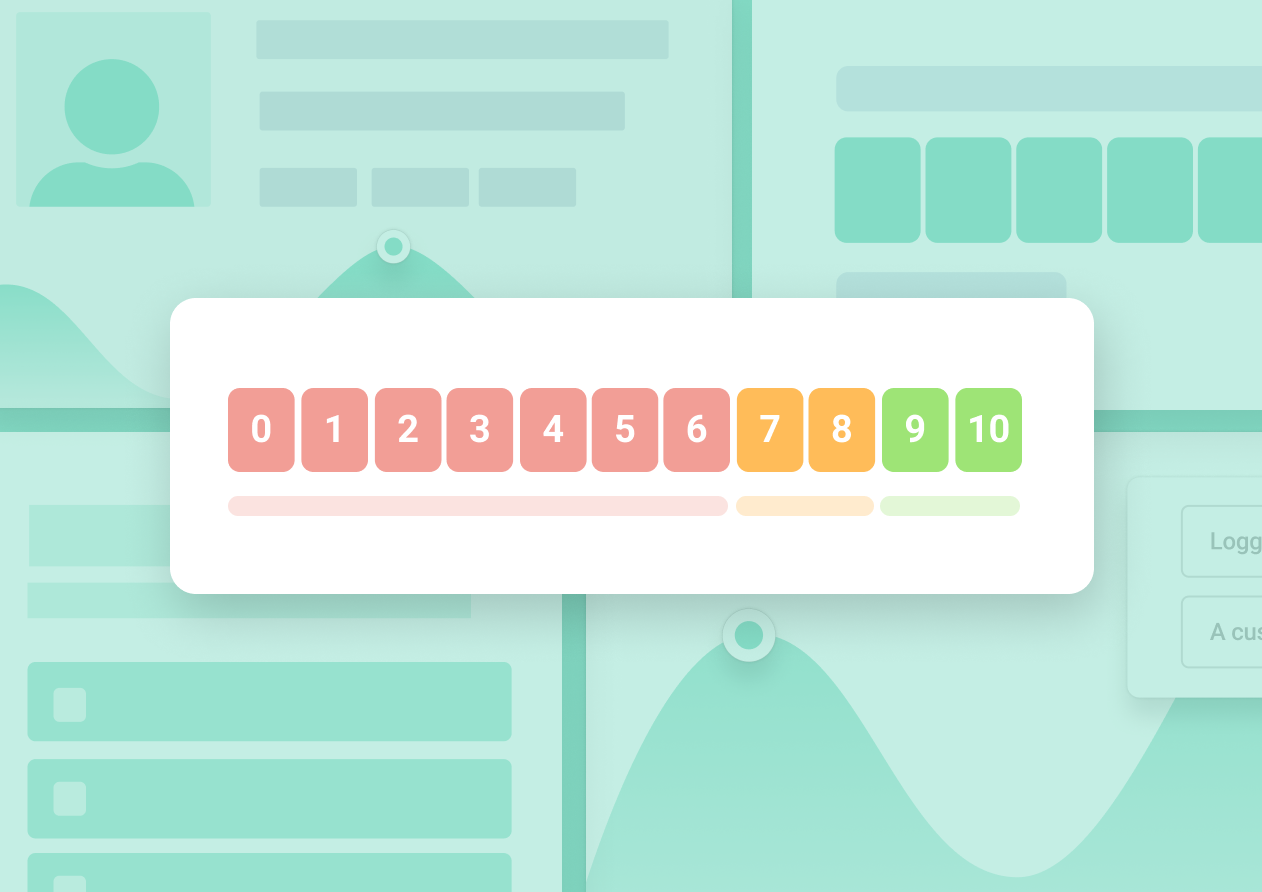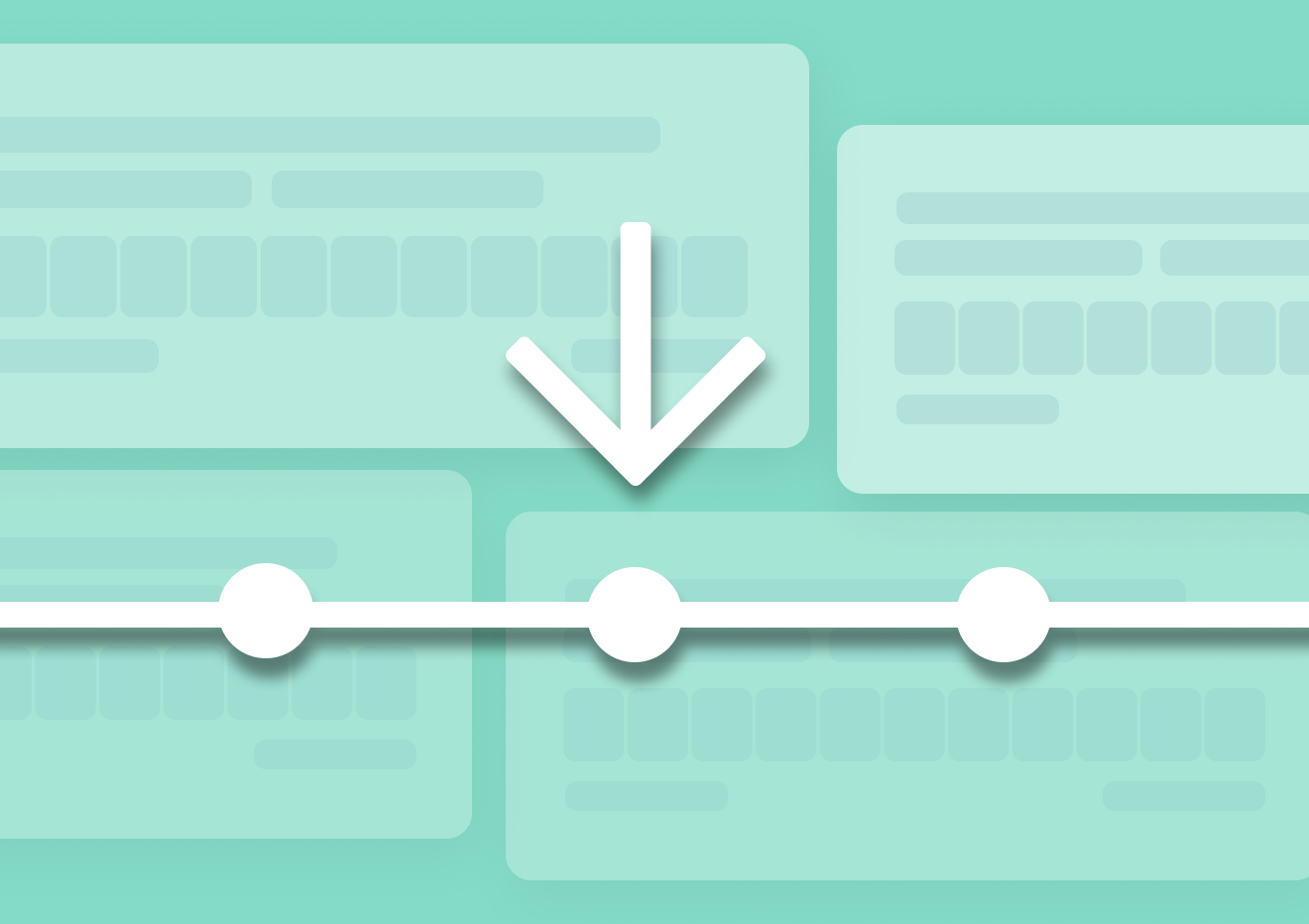How Important is CSAT?
In this post, I’ll explain how important CSAT surveys are for your business.
Because you know, there are three primary customer satisfaction surveys: CSAT (Customer Satisfaction), NPS (Net Promoter Score), and CES (Customer Effort Score).
Naturally, you should run all three.
However, in this article, I want to focus on CSAT, specifically and explain why it’s one of the most critical customer satisfaction surveys.
Let’s begin.
What is a CSAT survey?
In a nutshell, a CSAT survey is a survey designed to help understand how satisfied the customers are with a product, service, or a specific experience with a company.
Here’s just a quick example of the most basic CSAT survey:

The survey asks a simple question about customer satisfaction. Customers respond by choosing a reaction from a 5-point Likert scale that ranges from “Very unsatisfied” to “Very satisfied.”
From their responses, you can calculate your CSAT score, which helps determine the overall customer satisfaction levels with your product.
A quick note about calculating the CSAT score: A CSAT survey software like Refiner will measure it automatically. It will report on the score in real-time, as you receive more and more replies.
However, in case if you’d like to calculate it manually, here’s the formula to use:
CSAT score = (The number of satisfied customers (i.e., users who choose option 4 or 5 on the 5-point scale)/ Number of survey responses) x 100

For example, if 260 people of the 320 who respond select Satisfied or Very Satisfied, your CSAT score would be as follows:
CSAT score = (260/320) x 100 = 81.25%
The above CSAT example focused on collecting feedback on the product. However, you can run CSAT surveys to measure satisfaction with other areas of the business too:
- Customer service
- Sales
- New feature use
- Beta-stage feature use
- Onboarding and training process
- Checkout process, and more.
And here’s why you absolutely must be doing it.
4 Reasons Why CSAT Surveys Are Important for SaaS
CSAT surveys work across every touchpoint of your business. And they deliver some incredible feedback.
But does it really make sense to invest time and effort into setting and running CSAT surveys? Well, here are just a couple of reasons why it does:
1. CSAT surveys help you see the customer’s perspective
Until your customers tell you they like or dislike something about your product or operations, all you can do is assume.
And you might be seriously wrong with those assumptions…
For example, you can assume that users like your SaaS because only few of them churn.
Yet, you can’t be sure if they continue using the product because they enjoy it. In reality, they might be sticking with your SaaS despite a bad customer support experience because your product gives them the functionality they absolutely must-have or the cost of switching to another provider is too high.
This means that they aren’t actually satisfied with your product. They’re just tied to you, and that might change the moment an opportunity to switch arises.
CSAT helps you eliminate those assumptions and get a clear picture of customer satisfaction.
2. CSAT surveys help you improve customer experience
Most customers are happy to tell you what they like and don’t like about your product or service.
But they won’t do it unless you ask.
Once you do, though, you can uncover a whole wealth of insights to improve your product and provide a much better customer experience. This, in turn, will lead to greater success, guaranteed:
- Companies that consider customer experience on everything they do drive 4-8% higher revenue than the rest.
- 84% of companies that improve their customer experience report an uplift in their revenue.
- Brands with superior customer experience bring in 5-7 times more revenue than competitors that lag in customer experience.
3. CSAT surveys help you find your next big idea
In the article titled “Why successful innovation begins and ends with customers” PWC Australia states:
“Delivering a commercial, profitable innovation comes from taking on board and integrating customer feedback.“
It’s so true, isn’t it? Customers are often the best source of new ideas, suggesting new ways to take your product further, and customer satisfaction surveys like CSAT can deliver such feedback at scale.
4. Higher CSAT score translates to a higher revenue
Your long-term goal with CSAT surveys should be to improve CSAT scores at each touchpoint. The higher the CSAT score will go, the more successful your SaaS will become. Why? Because:
- Customer feedback leads to a better customer experience;
- Better customer experience leads to customer happiness and customer loyalty;
- And more happy and loyal customers mean:
- Higher retention rate. This is especially great news for SaaS companies, where a recurring revenue model is the norm. (By the way, did you know increasing customer retention rates by 5% increases profits by 25% to 95%?)
- More positive word of mouth: Happy customers are likely to spread word of mouth and bring more customers. According to CX for Executives study, 72% of happy customers share their experience with 6 or more people.
- Less negative word of mouth: 13% of people tell 15 or more people if they are unhappy with a product or service. With a better product and service, you’ll eliminate all the negative noise.
Sounds amazing, right?
So, how can you make it all happen? Here are some suggestions to keep in mind.
4 Best Practices to Run CSAT Survey
1. Ask the right and right type of questions
Right questions deliver accurate, helpful, and actionable information that you can use to improve the product or customer experience.
Vague or irrelevant ones, on the other hand, only confuse customers, and, typically, deliver meaningless insights.
For example, “How would you rate the support you received?” is a specific CSAT question for customers that chatted with the support team recently. You can follow it up with another question like “What was the most memorable with the support interaction?” and go deeper into the person’s experience.

Here’s how the responses to an initial and follow-up question look on the Refiner dashboard.
But the question wouldn’t be relevant to someone who had no recent interactions with your support team. In this case, the question would leave the person confused about what they’re supposed to say.
2. Send surveys at the right time
Frequency and timing are the most important elements of every survey.
For example, if you send an in-app survey as soon as customers are done chatting with your support team, they might ignore it because they are busy implementing the solution the support agent suggested.
Similarly, sending survey days after a customer service interaction will deliver poor response rates too. The experience isn’t fresh in their minds anymore, after all.
TIP: Check out my complete guide to CSAT frequency to know when to send different types of CSAT surveys.
3. Send surveys frequently
Customers’ experiences and opinions change. You keep improving and developing the product, after all, and it’s only logical that they’ll respond to various changes differently.
Sending CSAT surveys regularly will allow you to keep track of customer satisfaction levels, and monitor how they change and improve over time.
4. Offer multiple channels for surveys
The effectiveness and response rate of your surveys partly depend on the channels you use to deliver surveys too. For example, you can send surveys via:
- Email. Here, you can send surveys after a major feature update or send those quarterly or bi-yearly ones to measure overall satisfaction.
- In-app widget. For instance, send a popup on the dashboard after the user tried your new feature.
- Live chat. Here, you can send at the end of customer support, for example.
You’ll get different response rates on various channels. For that reason, I recommend experimenting with different methods of delivering the survey, to keep the open and response rates high.
Conclusion
If you plan to make an ideal customer journey for your SaaS users, start by collecting their feedback with CSAT surveys.
CSAT surveys will help you uncover how your customer feels about interacting with your product and business as a whole. Consequently, it will help you evolve your SaaS product and grow the business.
Hopefully, this article helped you understand the importance of CSAT.









